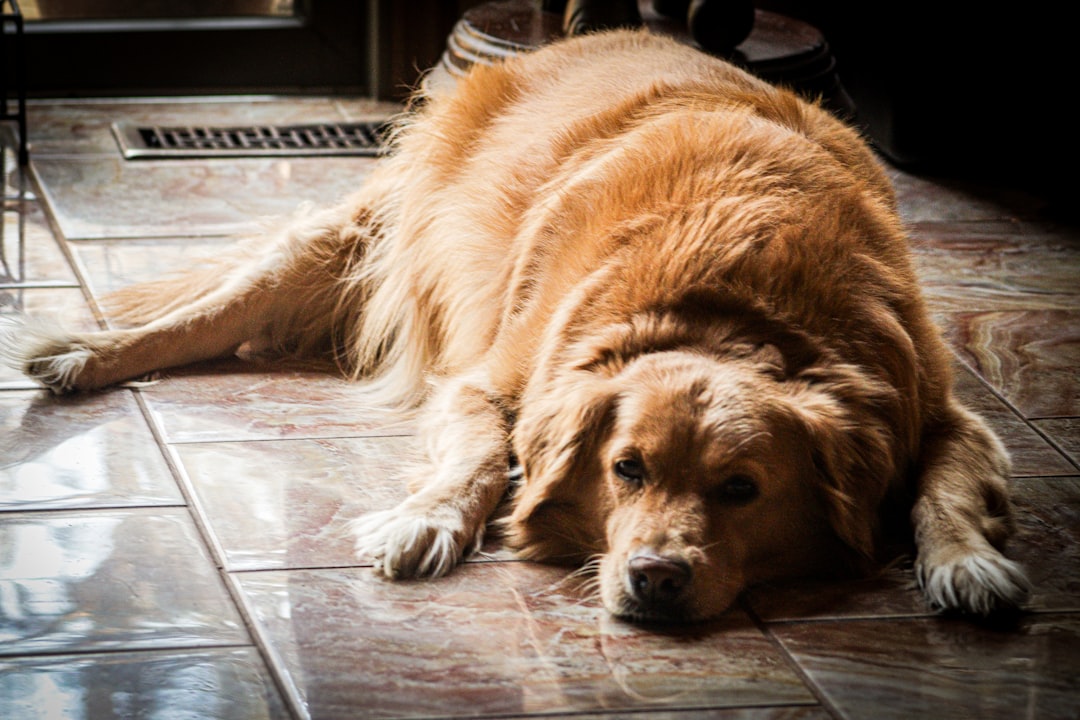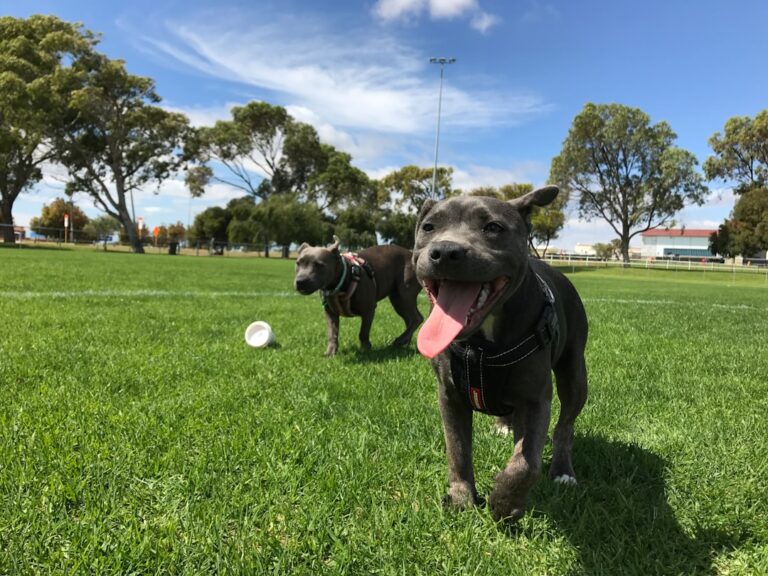Dental care is a critical aspect of overall health for cats, yet it is often overlooked by pet owners. Just like humans, cats can suffer from a variety of dental issues, including periodontal disease, tooth decay, and gingivitis. These conditions can lead to significant pain and discomfort, affecting a cat’s quality of life.
Moreover, poor dental health can have systemic effects, as bacteria from the mouth can enter the bloodstream and impact vital organs such as the heart, liver, and kidneys. Therefore, maintaining good dental hygiene is essential not only for preventing oral diseases but also for ensuring the overall well-being of your feline companion. Regular dental care can also help to prevent bad breath, which is a common concern among cat owners.
Foul-smelling breath can be an indication of underlying dental problems that may require immediate attention. By establishing a routine dental care regimen, pet owners can help their cats maintain fresh breath and healthy teeth. This proactive approach not only enhances the cat’s comfort but also strengthens the bond between the pet and its owner, as regular handling during dental care can foster trust and cooperation.
Key Takeaways
- Dental care is important for cats to prevent dental disease and maintain overall health
- Signs of dental problems in cats include bad breath, drooling, difficulty eating, and pawing at the mouth
- Brushing your cat’s teeth regularly can help prevent dental issues and maintain oral hygiene
- Choosing the right toothbrush and toothpaste for your cat is essential for effective dental care
- Dental treats and toys can help promote dental health and prevent plaque and tartar buildup in cats
Signs of Dental Problems in Cats
Recognizing the signs of dental problems in cats is crucial for early intervention and treatment. One of the most common indicators is changes in eating habits. If a cat suddenly becomes reluctant to eat or shows signs of discomfort while chewing, it may be experiencing dental pain or sensitivity.
Additionally, pet owners should be vigilant for excessive drooling or difficulty swallowing, which can signal oral discomfort or disease. Another telltale sign of dental issues is the presence of bad breath, known as halitosis. While some degree of odor is normal, an unusually foul smell can indicate the presence of plaque buildup or periodontal disease.
Furthermore, pet owners should look for visible signs such as swollen or bleeding gums, loose teeth, or tartar buildup on the teeth. Cats may also exhibit behavioral changes, such as increased irritability or withdrawal from social interactions, which can be attributed to pain or discomfort stemming from dental problems.
Brushing Your Cat’s Teeth

Brushing your cat’s teeth is one of the most effective ways to maintain oral health and prevent dental disease. While it may seem daunting at first, with patience and positive reinforcement, many cats can be trained to accept tooth brushing as part of their routine. It is recommended to start slowly by allowing your cat to become accustomed to having its mouth handled.
Gradually introduce a toothbrush designed for pets and a toothpaste formulated specifically for cats, as human toothpaste can be harmful to them. When brushing your cat’s teeth, it is important to focus on the outer surfaces of the teeth where plaque tends to accumulate. Use gentle circular motions and be mindful of your cat’s comfort level throughout the process.
Ideally, brushing should be done daily; however, even a few times a week can significantly reduce plaque buildup and improve oral health. Establishing this routine not only helps keep your cat’s teeth clean but also provides an opportunity for bonding and trust-building between you and your feline friend.
Choosing the Right Toothbrush and Toothpaste for Your Cat
| Criteria | Options |
|---|---|
| Bristle Type | Soft, angled bristles |
| Size | Small, cat-specific toothbrush |
| Flavor | Chicken, seafood, or malt |
| Ingredients | Enzymatic toothpaste with no fluoride |
| Frequency | Brush 2-3 times per week |
Selecting the appropriate toothbrush and toothpaste is essential for effective dental care in cats. Toothbrushes designed specifically for pets come in various shapes and sizes, including finger brushes that allow for greater control and maneuverability. Some cats may prefer a soft-bristled brush that is gentle on their gums, while others may tolerate a more traditional toothbrush with a longer handle.
It is important to choose a brush that fits comfortably in your hand and allows you to reach all areas of your cat’s mouth. Equally important is the choice of toothpaste. Cat-specific toothpaste is formulated to be safe for ingestion and often comes in flavors that appeal to felines, such as chicken or seafood.
Human toothpaste contains ingredients that can be toxic to cats, so it should never be used. When introducing toothpaste to your cat, allow them to lick a small amount off your finger before incorporating it into the brushing routine. This positive association can make the process more enjoyable for both you and your pet.
Dental Treats and Toys for Cats
In addition to regular brushing, dental treats and toys can play a significant role in maintaining your cat’s oral health. Many commercial dental treats are designed to reduce plaque and tartar buildup while providing a tasty reward for your cat. These treats often have a texture that encourages chewing, which can help clean teeth as your cat gnaws on them.
When selecting dental treats, look for products that have been approved by veterinary dental associations to ensure their effectiveness. Dental toys are another excellent option for promoting oral health in cats. These toys are often designed with nubs or ridges that help scrub away plaque as your cat chews on them.
Some toys even contain catnip or other enticing flavors to encourage playtime engagement. Incorporating these treats and toys into your cat’s routine not only supports dental health but also provides mental stimulation and physical activity, contributing to their overall well-being.
Regular Veterinary Dental Check-ups

Early Detection and Intervention
These professional evaluations are crucial for early detection and intervention, which can prevent more serious health problems down the line.
Professional Cleanings and Treatments
In addition to examinations, veterinarians may recommend professional cleanings under anesthesia to remove tartar buildup that cannot be addressed through regular brushing alone. These cleanings allow for a comprehensive assessment of your cat’s dental health and provide an opportunity for any necessary treatments or extractions if severe issues are identified.
Establishing a Routine Schedule
Establishing a routine schedule for veterinary dental check-ups—typically once a year—can help ensure that your cat maintains optimal oral health throughout its life.
Professional Dental Cleaning for Cats
Professional dental cleaning is an important aspect of comprehensive dental care for cats. Unlike at-home brushing, professional cleanings involve a thorough scaling process that removes tartar and plaque from both above and below the gum line. This procedure is typically performed under anesthesia to ensure that the cat remains still and comfortable throughout the process.
Anesthesia allows veterinarians to conduct a complete examination of the mouth without causing stress or discomfort to the animal. During a professional cleaning, veterinarians may also take X-rays to assess the health of the tooth roots and surrounding bone structure. This diagnostic tool is invaluable in identifying hidden issues such as abscesses or bone loss that may not be apparent during a visual examination alone.
Following the cleaning, veterinarians will provide recommendations for at-home care based on their findings, helping pet owners develop an effective ongoing dental care plan tailored to their cat’s specific needs.
Diet and Nutrition for Healthy Cat Teeth
Diet plays a significant role in maintaining healthy teeth and gums in cats. A balanced diet that includes high-quality protein sources is essential for overall health; however, certain types of food can also contribute to better oral hygiene. Dry kibble is often recommended over wet food because its texture can help reduce plaque buildup as cats chew.
Some brands even formulate their kibble with added dental benefits in mind, incorporating ingredients that promote oral health. In addition to kibble, incorporating raw meaty bones into your cat’s diet can provide natural chewing opportunities that help clean teeth and massage gums. However, it is crucial to ensure that these bones are appropriate for your cat’s size and chewing ability to prevent choking hazards or digestive issues.
Consulting with a veterinarian about dietary choices can help ensure that your cat receives optimal nutrition while supporting its dental health.
Managing Dental Pain in Cats
Managing dental pain in cats requires careful observation and prompt action from pet owners. If you notice signs of discomfort—such as reluctance to eat, excessive drooling, or pawing at the mouth—it is essential to consult with a veterinarian as soon as possible. Pain management may involve medications prescribed by the veterinarian to alleviate discomfort while addressing any underlying dental issues.
In some cases, dietary adjustments may also help manage pain associated with dental problems. Softening food or providing wet food can make eating more comfortable for cats experiencing oral pain. Additionally, maintaining regular dental care practices can help prevent further complications that could exacerbate pain levels.
By being proactive about managing dental pain, pet owners can significantly improve their cat’s quality of life.
Preventing Dental Disease in Cats
Preventing dental disease in cats involves a multifaceted approach that includes regular home care practices combined with professional veterinary interventions. Establishing a consistent routine that includes daily brushing, providing dental treats and toys, and scheduling regular veterinary check-ups can significantly reduce the risk of developing periodontal disease or other oral health issues. Education plays a vital role in prevention as well; pet owners should familiarize themselves with common signs of dental problems so they can act quickly if issues arise.
Additionally, understanding the importance of nutrition in maintaining oral health can guide owners in making informed dietary choices that support their cat’s overall well-being.
Creating a Dental Care Routine for Your Cat
Creating a comprehensive dental care routine for your cat involves integrating various practices into your daily life with your pet. Start by establishing a consistent schedule for brushing your cat’s teeth—ideally daily but at least several times a week—to build familiarity and comfort with the process over time. Pair this with regular use of dental treats and toys that encourage chewing while promoting oral hygiene.
Incorporate regular veterinary check-ups into your routine as well; these visits are essential for monitoring your cat’s dental health and addressing any emerging issues promptly. Additionally, consider keeping a log of your cat’s dental care activities—tracking when you last brushed their teeth or when they had their last professional cleaning—to stay organized and ensure you’re meeting all necessary care requirements. By prioritizing dental care within your overall pet care routine, you not only enhance your cat’s oral health but also contribute positively to their overall quality of life.












